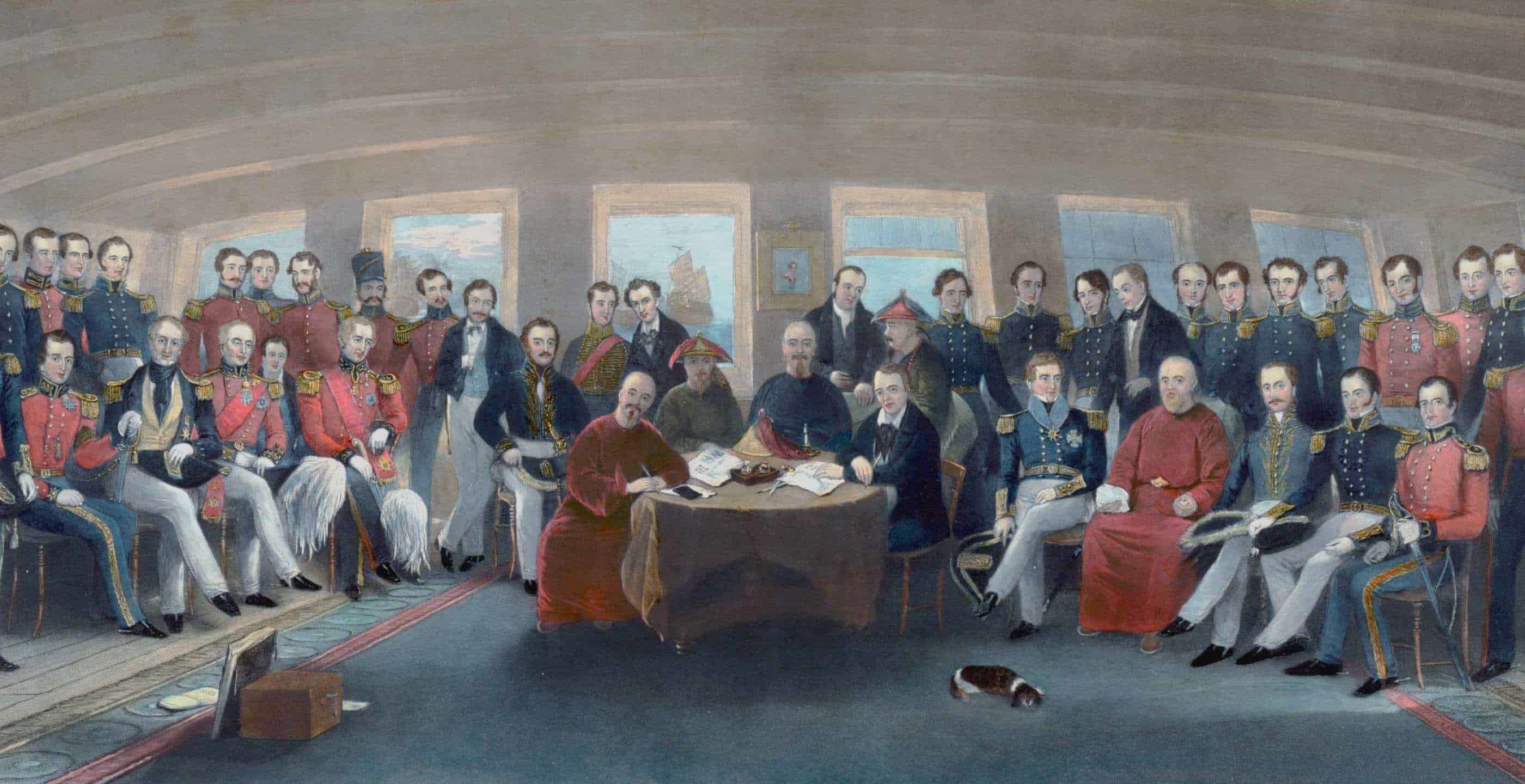

Jun
As mentioned in our “brief” economic history of China post, let’s just say the Chinese have never been all that fond of foreigners. For the most part, they considered them inferior “barbarians” (a commonly-used term) that needed to be kept at bay. However, this doesn’t mean no trade whatsoever existed, not at all.
As of approximately 139 B.C., Zhang Qian (China’s most representative trail blazer) established the Silk Road through which China was able to “import” primarily horses, gold and silver. As time passed, the so-called Maritime Silk Road came to fruition during the 6th and 7th century, enabling China to import different kinds of products such as condiments and glassware.
One of the world’s other famous trail blazers, Marco Polo, took advantage of the Silk Road and managed to reach China in the 13th century, with goods from Italy not being brought to the attention of the Chinese. Roughly two centuries later (around the 15th centurt), Zheng He led his fleet throughout Southeast Asia and even arrived in Africa, returning with all sorts of condiments and precious stones.
Later on, in a manner which still haunts China to a certain degree, a wave of Western commodities ranging from textiles to meat (Berkshire pigs from Great Britain) was pretty much forced upon China during the two Opium Wars. Due to the fact that European nations were technologically superior as a result of embracing the First and Second Industrial Revolution (as opposed to China, who initially refused to import technologies such as steam engines in a way that left little room for interpretation), they ended up dominating China militarily as well and essentially forced trade upon China.
As of the early days of the 20th century, however, China did start importing advanced Western technologies. Initially when it comes to shipbuilding and then exchanging commodities for German weapons and machinery in the 1930s and 1940s. Economically speaking, this put China in a less than desirable position, one similar to that African nations currently find themselves in. By limiting yourself to exporting commodities rather than nurturing a domestic industry that’s capable of putting more complex higher value-added products on the table, you’re essentially (with or without realizing it) accepting a bottleneck which can even risk strangling your economy.
After Mao Zedong’s forces managed to control China in the aftermath of World War II, many of the previously-mentioned tensions with respect to trade being forced on the Chinese ended up manifesting themselves, with the Mao Zedong regime being less than willing to embrace robust relationships with Western nations, preferring its complex (in ways one can consider both good and bad) relationship with the USSR.
Only when geopolitical conditions changed and China’s relationship with the USSR became problematic did Mao Zedong start accepting the idea of collaborations with the West, a collaboration which ultimately became inevitable, as illustrated by Richard Nixon’s 1972 visit. While relationships with the West did improve as time passed, it would take until Deng Xiaoping’s reforms kick in for things to really be put on the right track but more on that in another article.
